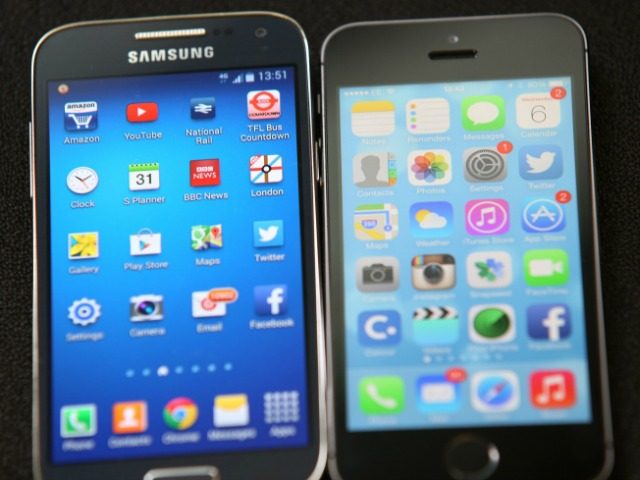The U.S. Supreme Court tossed Apple’s $399 million “design patent” judgement against Samsung by ruling that Samsung only infringed on components of the iPhone, not the entire product itself.
For the first time in 130 years, the U.S. Supreme Court took up the issue of a “design patent” case in Apple vs. Samsung. Apple had succeeded at the appellate level in its claims that Samsung had not only infringed on certain components, but that Samsung had also violated the iPhone’s distinctive front screen and graphical user interface.
Despite only a small award to Apple for Samsung’s infringement for the way Galaxy devices work like iPhones, the lower courts had leveraged iPhone’s “design patent” infringement to an “award of total profit on the entire product as sold,” under intellectual property law U.S.C. § 289.
The case was originally filed in 2011 as the first of two patent clashes between the planet’s dominant cell phone manufacturers and involves a number of now-ancient Samsung phones, such as the Galaxy S II.
Samsung stated in its appeal to the high court that even granting the importance of the screen and interface to its Galaxy phones’ success, the damage award should be reduced from holding that “all” the corporation’s profits on a sale of each phone should go to Apple.
Samsung argued that judges in design patent cases should require “market studies to see extent to which the design affected the consumer.” The company acknowledged that this idea of an “apportionment” in a design patent case currently “runs headlong into the statute.”
The Supreme Court’s 8–0 ruling upheld the case’s initial verdict in favor of Samsung. The Court determined that the three member Washington, D.C.-based Circuit Court of Appeals acted incorrectly by considering information that wasn’t introduced in trial and by ruling on issues that were never brought up on appeal.
The stakes in the Apple/Samsung case were huge for the tech industry, because it involved re-interpreting the 19th century right that any person who applies a patented design “to any article of manufacture” is “liable … to the extent of his total profit.”
Apple’s Supreme Court argument was directly related to the 1886 Supreme Court decision in Dobson v. Dornan, which interpreted the predecessor patent law to award only the damages attributable to the “patented design element.” The decision caused a huge uproar and Congress then reacted by rewriting the statute to compel an award of the “total” profit.
But the appellate court reviving that ruling motivated big brands like Google, Dell, HP, Lenovo, Tiffany & Co., and Adidas, plus a string of top academics, to intervene in the case to argue that a broad “all” profits ruling would stifle new innovations.
The case now returns to a lower court to sort out what percentage of its profits Samsung will have to pay Apple.

COMMENTS
Please let us know if you're having issues with commenting.